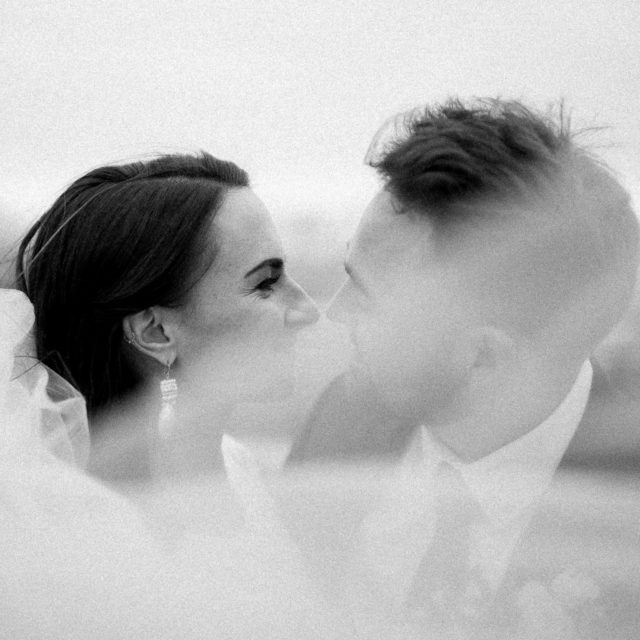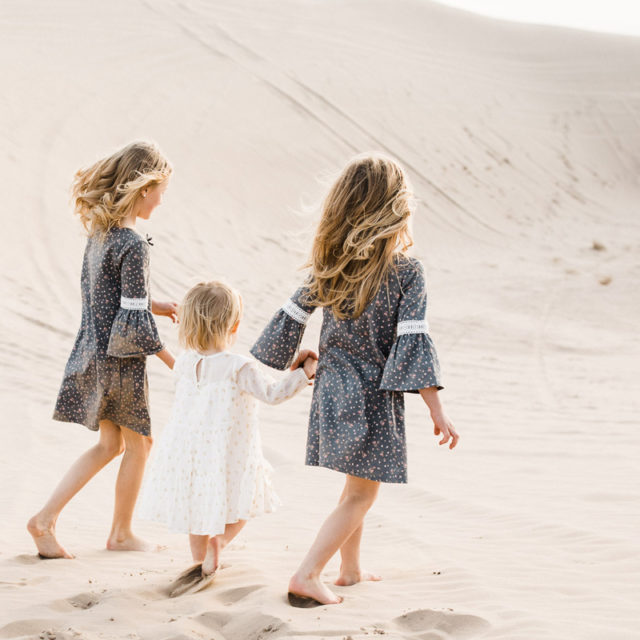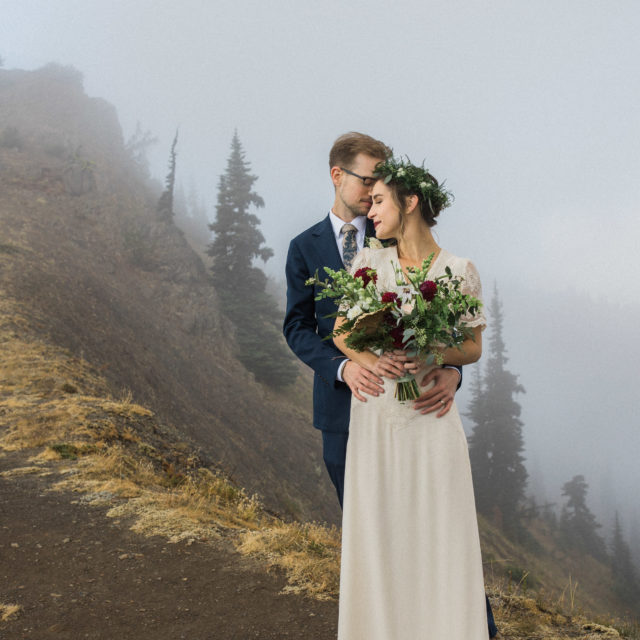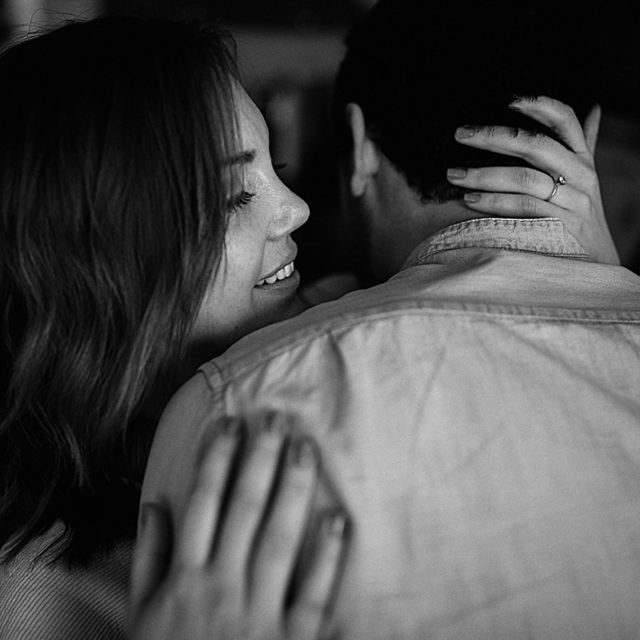Congratulations! You’re engaged! Now what?
Going from zero to expert wedding planner in a few short months is enough to make even the most Zen couple sprout a few new grey hairs. The wedding industry is a micro-culture, and unless you’re already a career-wedding planner, it can be hard to keep up. Weddings have their own traditions, expectations; they even have their own dialect, making wedding planning as much a language class as it is a crash course in event planning.
Before you make dictionary.com your homepage for the next year, consult our guide. We’ve put together a list of some of the top wedding terms you need to know when planning a wedding; we hope it helps!
APPAREL
The clothing and related apparel and accessories of the wedding party and the wedding guests.
Applique: A decorative design made up of pieces of cut fabric sewn on top of a base fabric.
Black Tie: A formal wear dress code that requires tuxedos or dark suits and evening gowns or long dresses.
Blusher Veil: A short veil that falls just below the chin.
Bouffant veil: A puffy cloud of tulle that piles on top of the head.
Boutonniere: A small decorative addition, pinned to the lapel of a suit jacket. It often contains a single bloom or a small leaf and flower cluster.
Bustier: Shapewear worn underneath the wedding gown that accentuates the bust and shapes the waist.
Bustle: A system for lifting the train of a wedding dress to shorten it. This involves hooks or buttons to keep the train elevated and out-of-the-way.
Cocktail attire: A semi-formal wedding dress code that requires guests to wear suits and cocktail dresses.
Corsage: A small, decorative floral arrangement that is worn by members of the wedding party, typically by the important women in the wedding.
Drop waist: A waistline on a dress that starts on the hips instead of at the natural waist.
Fascinator: A decorative, embellished hair accessory that is attached with a comb, headband, or hairpins.
Illusion Neckline: A transparent cloth that spans from the bust fabric to the collar of a dress. It is typically made from a transparent material.
Mermaid: A dress silhouette that is tight in the bust through the hips, and flares out below the knees.
Shapewear: Supportive garments that smooth and slim the silhouette under a dress.
Sweetheart neckline: A common dress neckline that rounds up toward the collarbones and dips in the middle to create the shape of a heart.
Tulle: A thin, netted fabric that is often used in wedding gowns.
Trunk show: A special wedding merchandise event where vendors offer a sale on new items that are not yet released to the public.
White tie: The most formal wedding dress code that requires full suits and formal evening gowns.
DESIGN & DÉCOR
The centerpieces, tableware, invitations, and decorations and at a wedding.
Aisle Runner: A long, thin strip of cloth placed down the length of the aisle. The wedding party walks down the aisle runner during the wedding ceremony.
Cascade Bouquet: An overflowing, trailing bouquet with vines, ribbons, or leaves cascading.
Charger: Decorative plate that is placed under the dinner plate in a formal place setting. It serves a decorative purpose but is not meant to be used for holding food.
Embossing: A printing technique that creates a 3D raised indentation on an invitation.
Ecru: Unbleached paper that has an off-white beige hue, a popular paper choice for wedding invitations.
Engraving: Slightly raised lettering and indentations on cardstock. Engraving is a traditional printing method for wedding invitations.
Escort Cards: These cards contain the names of the wedding guests and are meant to help guests find their assigned seating. Typically, they are arranged in alphabetical order of guest name along and contain the guest’s assigned table number.
Place Cards: Cards containing the name of wedding guests are set at place settings to indicate assigned seats.
Pomander: A voluminous round ball of flowers that is used as décor or carried.
Reply card: A card that is sent with a wedding invitation. Guests fill it out to indicate whether or not they can attend the wedding, and if they are bringing any guests with them.
Save-the-dates: Announcements that are sent out after the engagement and months before the wedding that alert wedding guests to reserve the wedding date.
Stationary Suite: A term used to encompass all the stationary for the wedding, including the save-the-date cards, invitations, and reply cards sent out by the couple.
Table number: If you have assigned seating for guests, you may assign table numbers to the reception tables help your guests find their assigned seating.
Tablescape: Also known as the table arrangement. The tablescape often includes several components such as flowers, candles, lanterns, other decorative elements, and significant memorabilia.
Tea light: A small, simple candle in a metal casing that burns for up to 4 hours, and floats atop water.
Underlay: A large tablecloth that extends all the way to the floor.
FOOD
Common wedding dishes, appetizers, desserts, and food-related terms.
Buttercream: A soft, smooth type of icing that is used to coat the outside of a cake, or to fill between cake layers.
Canape: An open-faced bite-sized appetizer with toppings, built on a vegetable, cracker, or small piece of bread.
Corkage Fee – If you’d like to bring your own bottles of wine and champagne rather than buy them through your venue or catering company, you may be charged a fee for each bottle opened at the ceremony.
Family style: A serving style where food is passed on trays and guests help themselves to any dish they want to eat.
Fondant: A firm, smooth, moldable icing commonly used on wedding cakes.
Ganache: A chocolate crème icing used for wedding cake décor, fill, or cover.
Sheet cake: A larger cake that may be served to guests in addition to or in place of the wedding cake.
Signature Drink/Cocktail: A special cocktail that is designed by the couple to be served at the reception. Usually, a signature cocktail will be designed to fit the palate of the wedding, or because of personal taste or sentiment.
Sugar flowers: Delicate flowers that are made out of sugar to decorate a cake.
WEDDING EVENTS
Traditional events that take place at a wedding.
Ceremony: The part of the wedding ceremony when the engaged parties take their vows in front of an officiant and witnesses.
First Look: An intimate, staged event that takes place before the ceremony to capture the moment the couple first sees each other on their wedding day. This is a special photo opportunity, and it allows the photographer to take photos of the wedding party before the ceremony.
First Touch: Some couples prefer to not see each other before the ceremony, and instead opt for a first touch. They may stand out of sight from one another and touch hands without looking. This is a chance for the photographer to capture a special moment, and for the couple to have some contact with one another before the ceremony while still saving the first look for the walk down the aisle.
Prelude: Background music that plays before the ceremony as guests arrive and are seated.
Processional: The background music that plays as the wedding party walks down the aisle.
Receiving line: The wedding party and honored wedding guests, such as important relatives, greet everyone as they exit the ceremony.
Recessional: The exit music that plays as the couple walks down the aisle together at the end of the ceremony.
Reception: The reception is the celebratory part of the evening, post-ceremony, when guests are typically invited to eat, drink, and dance with the wedding party.
Rehearsal: This event takes place before the wedding. It is a chance for the wedding party to practice walking down the aisle, saying their vows, and preforming their roles during the ceremony.
Rehearsal dinner: The dinner that occurs after the rehearsal. This event traditionally includes members of the wedding party, family members, and any other significant individuals such as partners or out-of-town guests.
Send-off: When the wedding guests send the couple off with a group farewell, as the couple exits their reception. Some couples choose to give their guests sparklers, birdseed, flower pedals, or bubbles to make their send-off a photogenic and magical spectacle.
Tossing bouquet: A tradition where the bouquet is tossed above and behind the head into a crowd of unmarried wedding guests. The tradition states that the person who catches the bouquet is the next to be married.
Unity candle: A traditional ceremony in which the engaged couple lights one candle with two candles after their wedding vows to signify two becoming one.
PEOPLE
Significant people involved in the wedding.
Officiant: The individual that performs the legal marriage ceremony. They may be a Justice of the Peace, a marriage commissioner, a priest or minister, a notary, or any other individual that’s been ordained by the law to perform a marriage ceremony. An officiant must be present for the marriage to be recognized by law.
Ushers: Designated friends and/or family of the couple that escorts important guests and seat them as they enter the ceremony.
Venue Coordinator: The back-of-house manager who takes the venue booking, and makes sure you have all the information you need for your wedding. They are usually present during the wedding to ensure that everything runs smoothly on your wedding day.
Wedding party: The wedding party is made up of people that the engaged couple considers to be highly significant. This includes the friends and family that stand with the couple in front of the wedding guests during the ceremony, the parents of the couple, the officiant, the ringbearer, the ushers, and any other significant people who play a role in the wedding.
As you prepare for your big day, we hope this wedding dictionary helps stay your language barrier, simplify and expedite your wedding planning, and define your needs for what is sure to be the event of the year, well, the event of your year, at least J
Now let us know, what are the wedding terms you wish you knew before planning your wedding? Are we missing anything important? Let us know in the comment section below!








